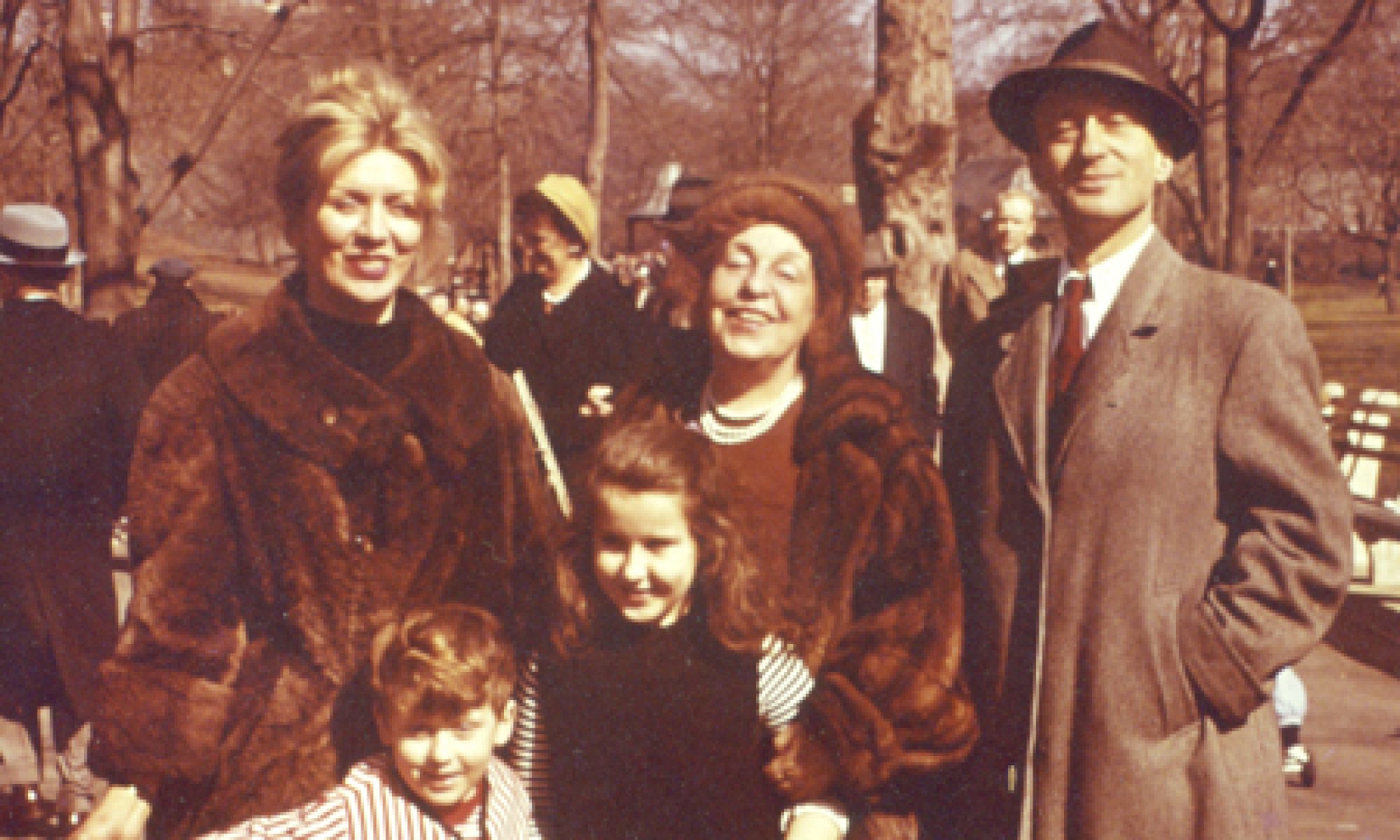Abstract
After listening to the NPR news quiz show, Wait, Wait… Don’t Tell Me, one begins to notice certain patterns in the featured game, Bluff the Listener. I have collected a list of informal heuristics to aid listeners at guessing the answer. I consider these “informal” because I have not gathered supporting metrics, merely guessed at patterns.
The Rules of the Game
A guest introduces themself by announcing their name and location. After a brief period of witty banter, led by the host, Peter Sagal, and abetted by impromptu comments from the panelists, the theme of that week’s game is introduced. For instance, on the show of Sunday, May 17, the theme was “Things people have done to get back at Russia”. Each panelist then reads a purported news story on that topic, one of which is pulled from the week’s news. The other two are fictional and written (presumably) by the panelists themselves. It is never explicitly stated that the panelists (rather than, say, Mr. Sagal or a staffer) wrote the fictional stories, but they seem to reflect the panelists’ interests.
After each story is read, Mr. Sagal briefly recaps all previous stories. After all three are recapped, the guest guesses which is the true story. Mr. Sagal then asks them to confirm their guess. Sometimes he will imply by tone that they would be wise to change their guess. Once their guess is confirmed, an audio clip is played revealing which is the true story. If the listener’s guess is correct, they win WWDTM’s only prize, Karl Kassel’s voice on their device of choice. The panelist whose story is chosen, whether or not it is the correct one, is awarded a point.
Heuristics for Guessing
- Longer stories tend to be fictional. The made-up stories tend to be longer and more convoluted than the true stories. The panelists put a high premium on being amusing, sometimes more than being plausible. Plausible is often rather dull. [Note to future researchers – data needs to be collected correlating length of stories with their veracity.]
- Non-American stories tend to be true. If two stories take place in the United States, and one elsewhere, the foreign story tends to be the true one. [Again, I have not collected data to confirm this. Feel free.]
- PJ O’Rourke is utterly transparent. The presence of Mr. O’Rourke on the panel gives the guest better odds of winning. When he writes a fictional story, it tends to be both utterly implausible and centered on his wheelhouse of “oh, those silly politicians.” If the story is about martini-swilling, rich Republicans, or overly-sensitive, improvident Democrats terrified of offending, then it is fictional. If his story is even slightly plausible, or concerns any other area of life, it is likely to be the true one. [While I have not actually collected data, come on – you know this is right.]
- Look for jokes. Almost all the panelists are comedians or humorists. They enjoy writing jokes. Jokes tend not to happen in real life. If the story features a clever joke, it is less likely to be true.
- More as I come up with them…
Conclusion
Lest this researcher be accused of sucking all the fun out of the show by exposing its workings so ruthlessly, I wish to say in my defense that one may enjoy a blue sky even if one knows that the color derives from the light-scattering properties of nitrogen, or a rainbow even if one is aware of the refractive characteristics of clouds of water droplets. WWDTM is a brilliant show, and Peter Sagal has the highest WEQ (Wit/Elocution Quotient) of anyone in broadcasting, or indeed in show-business. Bill Kurtis’s voice is like a comforting, protective blanket, if that blanket were also muscular (I know, a disquieting image). The panelists feel like old friends, even PJ; especially when he is hurt or sad (as he was when Amy Schumer was the celebrity guest), I feel like mixing him one of my White Manhattans and reminiscing fondly about William F. Buckley, Jr.
